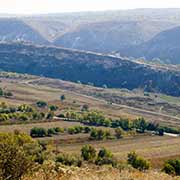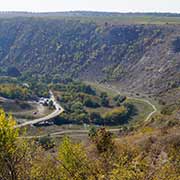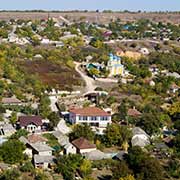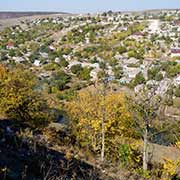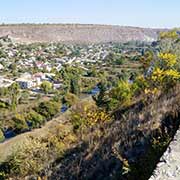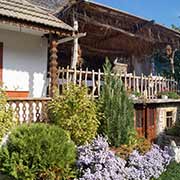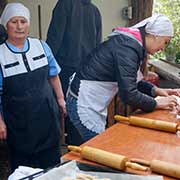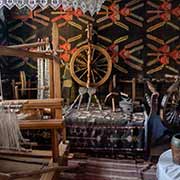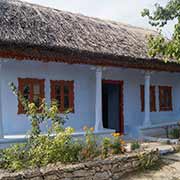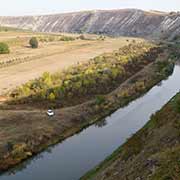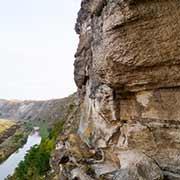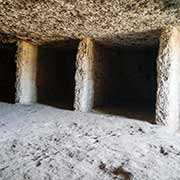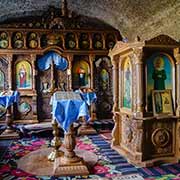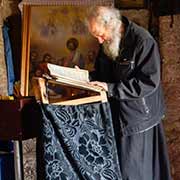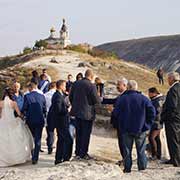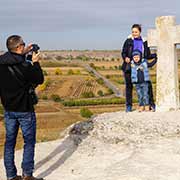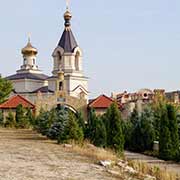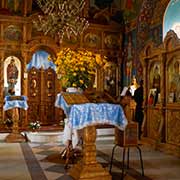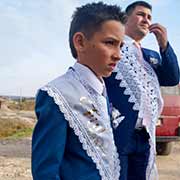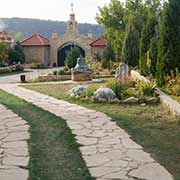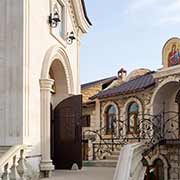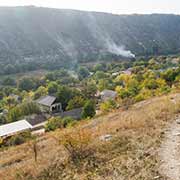Photos of Orheiul Vechi, a unique historical place, Moldova
Orheiul Vechi, a unique historical place
Orheiul Vechi (Old Orhei) is a historical and archaeological site overlooking Trebujeni, a village about 60 kilometres north-east of Chişinău, on the Răut River. It is thought to have been formed by the withdrawal of the Sarmatian Sea around 12 Million years ago. In Old Orhei archeological excavations have discovered cultural layers of different epochs: Paleolithic, Eneolithic, and Iron Age.
you may then send it as a postcard if you wish.
Orheiul Vechi Cave Monastery, overlooking the Răut River, was carved into the massive limestone cliff in the 13th century by Orthodox monks; it remained inhabited until the 18th century when up to 13 monks lived there for decades at a time. It was abandoned, but in 1996 a handful of monks returned and began restoring it. There is a chapel in the cave which acts as a church for three neighbouring villages, as it did in the 13th century.
An additional church, dedicated to the Ascension of St Mary, was built above ground but was shut down by the Soviets in 1944; it remained abandoned throughout the Communist time. After independence, services resumed in 1996. On the other side of the cliff is the small village of Butuceni, with traditional Moldovan houses and an excellent open-air restaurant where typical local fare can be had.



